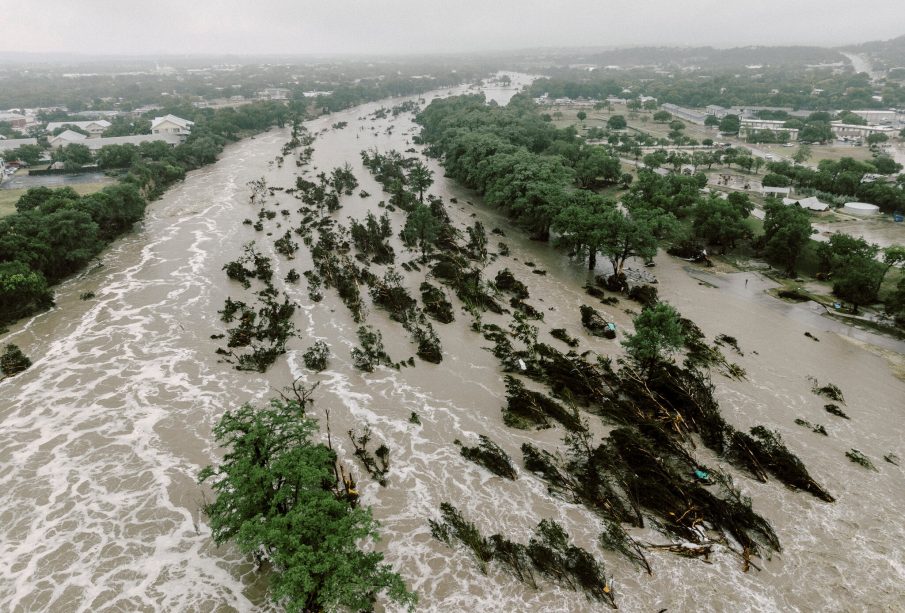Understanding the Texas Floods: A Current Overview

Introduction
In recent weeks, Texas has been grappling with devastating floods that have severely impacted several communities across the state. The intensity and frequency of these natural disasters have raised concerns among residents and policymakers alike, highlighting the importance of preparedness and effective response strategies. Given its vast geography and diverse climate, Texas is particularly vulnerable to flooding, which can wreak havoc on infrastructure, disrupt lives, and endanger safety.
Recent Events
In mid-October 2023, Texas experienced a series of heavy rainstorms, leading to flash floods in multiple regions, notably in Central and Southern Texas. The National Weather Service reported that some areas recorded over 12 inches of rain within 24 hours, overwhelming drainage systems and leading to rapid water accumulation. Cities including Austin, Houston, and San Antonio were hard-hit, with emergency services receiving thousands of calls for assistance.
The floods prompted the issuance of multiple emergency declarations by local governments, allowing access to federal aid and resources for rescue and recovery operations. The Texas Department of Emergency Management activated its response teams, consisting of local fire departments and search-and-rescue crews, to assist stranded residents and assess damage. There were several high-profile rescues, with helicopters stationed to save individuals trapped by rising waters.
Impact on Communities
The aftermath of the floods has left many communities in disarray. Infrastructure damage has been extensive, with roads washed out, homes flooded, and businesses shut down. Schools have been closed, and many residents have been displaced from their homes, seeking refuge in temporary shelters established by local organizations and government agencies. Following preliminary assessments, it is estimated that thousands of homes have suffered significant damage, raising concerns about long-term recovery and the financial burden on families and local governments.
Looking Ahead
As recovery efforts are underway, local authorities and disaster relief organizations are focusing on providing immediate assistance to affected families while planning for long-term strategies to mitigate future flooding risks. This includes investing in upgraded drainage systems and promoting community awareness regarding flood preparedness. Moreover, the federal government has pledged support through disaster relief funds, but the scale of necessary assistance is expected to grow as more assessments are conducted.
Conclusion
The Texas floods have underscored the importance of resilience and preparedness in facing natural disasters. As the state begins the recovery process, it is crucial for communities to learn from these experiences and take proactive measures to reduce vulnerability to future floods. The situation remains fluid, and continued monitoring and support are essential for rebuilding lives and infrastructure.









